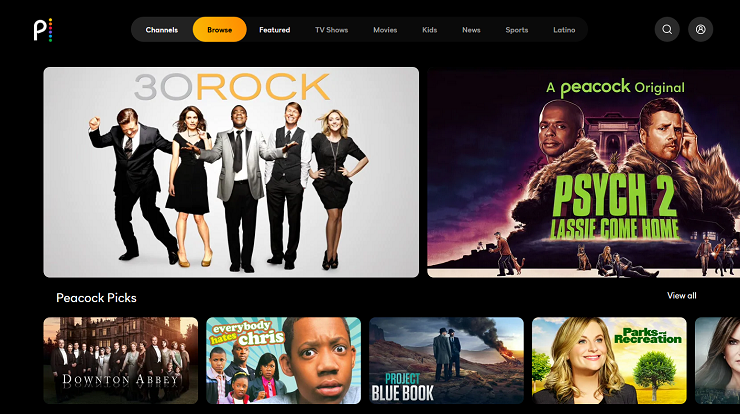Main Character is the Villian
In the vast landscape of storytelling, the conventional narrative often casts the hero as the protagonist, the embodiment of virtue and justice. However, a fascinating and increasingly popular trend challenges this norm: making the main character the villain. This narrative twist adds complexity and depth to the storytelling, blurring the lines between right and wrong and providing audiences with a unique and thought-provoking experience.
The Rise of the Antihero:
The traditional hero archetype, with its unwavering moral compass and commitment to justice, has long been a staple of storytelling. Yet, in recent years, there has been a noticeable shift towards narratives that explore the darker, more ambiguous sides of characters. The rise of the antihero, a character who lacks traditional heroic qualities but remains compelling and charismatic, has opened the door to a new era of storytelling.
When the Protagonist is the Antagonist:
One of the most daring and intriguing variations of this trend is making the main character the villain. Instead of presenting a clear-cut hero-antagonist dynamic, the audience is thrust into a world where the lines between good and evil are blurred. This unconventional approach challenges preconceived notions, forcing viewers to empathize with characters who are typically seen as the embodiment of malevolence.
The Power of Sympathy:
One of the key elements that make a story with a villainous protagonist captivating is the potential for sympathy. By delving into the backstory and motivations of the main character, writers can humanize even the most sinister figures. This allows audiences to connect with the character on a deeper level, questioning their own moral judgments and confronting the complexities of the human experience.
Take, for example, Walter White from the acclaimed television series “Breaking Bad.” Initially portrayed as a mild-mannered chemistry teacher, Walter’s descent into the criminal underworld slowly transforms him into a ruthless drug lord. Despite his heinous actions, the audience finds themselves sympathizing with Walter as he navigates the challenges life throws at him, blurring the lines between right and wrong.
Exploring the Shades of Morality:
When the main character is the villain, storytellers have the freedom to explore the intricate shades of morality. This departure from the traditional hero’s journey allows for a more nuanced examination of human nature and the choices individuals make when faced with adversity.
In the novel “American Psycho” by Bret Easton Ellis, the protagonist Patrick Bateman serves as a chilling embodiment of amorality. As a successful investment banker by day and a sadistic serial killer by night, Bateman challenges readers to confront the duality within themselves. The narrative raises questions about the societal expectations that push individuals to conform while also harboring darker inclinations beneath the surface.
Breaking Genre Conventions:
Making the main character the villain also provides an opportunity to subvert genre conventions. This narrative twist can breathe new life into tired tropes, keeping audiences on the edge of their seats as they navigate uncharted storytelling territory.
Consider the film “Nightcrawler,” where Jake Gyllenhaal’s character, Lou Bloom, starts as an ambitious but morally dubious freelance videographer who manipulates crime scenes to capture sensational footage. As Lou’s actions escalate, the audience is thrust into a psychological thriller that defies traditional expectations, showcasing the dark underbelly of media sensationalism.
The Redemption Arc:
One of the most compelling aspects of stories featuring a villainous protagonist is the potential for redemption. Watching a character evolve from a malevolent force to a figure seeking redemption adds layers of complexity and emotional resonance to the narrative.
An excellent example of this is Severus Snape from the “Harry Potter” series. Initially presented as an antagonist, Snape’s true motivations and sacrifices are gradually unveiled, revealing a complex character whose actions are driven by love and remorse. This redemption arc challenges the traditional hero-villain dichotomy, demonstrating that characters are not defined solely by their mistakes.
Challenges and Criticisms:
While the narrative choice of making the main character the villain offers numerous advantages, it is not without its challenges and criticisms. Some argue that it can be difficult for audiences to fully engage with a character whose actions are morally reprehensible. Striking the right balance between villainy and relatability is crucial to ensure the narrative remains compelling rather than alienating.
Additionally, there is a risk of romanticizing or glorifying morally ambiguous behavior. Writers must be cautious not to inadvertently endorse harmful actions or send the wrong message to the audience. Responsible storytelling involves navigating the complexities of the human psyche without sacrificing ethical considerations.
Conclusion:
In the evolving landscape of storytelling, the decision to make the main character the villain is a bold and innovative choice that challenges traditional norms. This narrative twist opens the door to exploration of morality, redemption, and the intricate shades of the human experience. Whether through literature, film, or television, these stories provide audiences with a unique and thought-provoking journey that forces them to confront their own preconceptions about good and evil. As storytellers continue to push the boundaries of conventional narratives, the compelling allure of the villainous protagonist promises to remain a captivating and enduring aspect of the art of storytelling.






